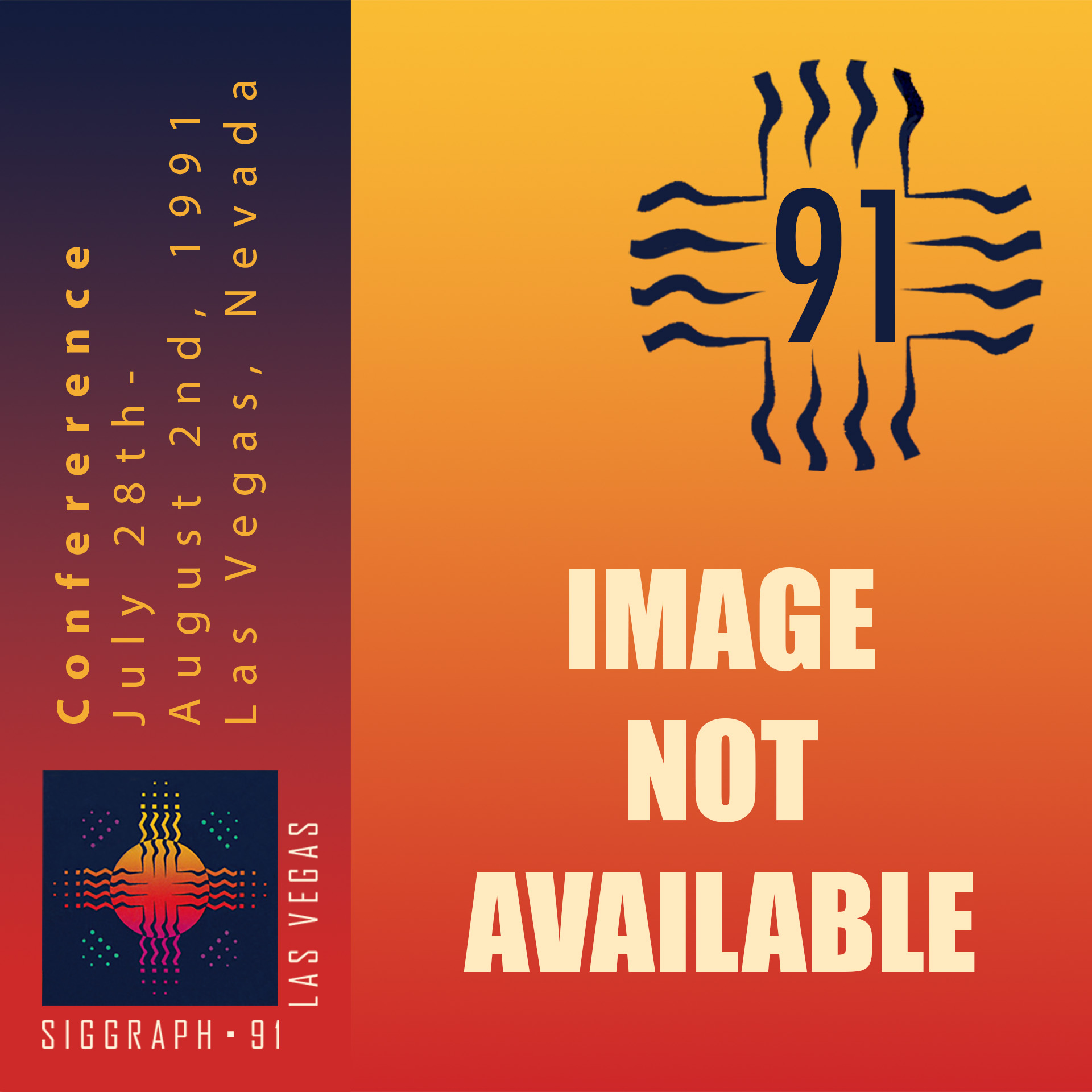“Life On A Slice” by Reiser
Conference:
- SIGGRAPH 1991
-
More from SIGGRAPH 1991:


Type(s):
E-Tech Type(s):
- Hypermedia / Hypertext
Title:
- Life On A Slice
Program Title:
- Demonstrations and Displays
Presenter(s):
Collaborator(s):
Description:
How many multimedia “poems” have you experienced in which each frame seemed to be handed to you by a monkey who had just ripped it out at random from Shakespeare? The coherence of a poem, a novel, or an interactive multimedia experience, is derived from structure. Computer technology allows structures that no artist has ever explored. Unfortunately, most computer-based artists seem to be on a quest for disjointed incoherence Life On A Slice presents three computer-based works. The first two are based on binary trees, structures that are familiar to the point of banality to computer scientists. but which have not been substantially exploited in the arts conference. Life On A Slice presents three computer-based works. The first two are based on binary trees structures that are familiar to the point of banality to computer scientists, but which have not been substantially exploited in the arts. “Risk Mv Shadow Kissing Yours” is a balanced binary tree with 16 bottom nodes. It is also a lyrical poem that, with each line, gives the viewer an icon-word choice of two possible next lines. The user’s image, acquired by a video camera, interacts on-screen with an image from another world. When the user’s image touches an icon, the icon triggers. Each icon-word is taken from the possible next line that its activation would lead to, and this gives a slice of the information the user needs to choose a path. With each choice of an icon a line is added to the poem. An unreliable but cheap astrologer claims that the first five-line poem constructed with this binary tree describes the user’s next affair.
“The Geisha Snail and the Phosphorescent Samurai” is a fable-like narrative in which the protagonist journevs to one of man possible ends, irrevocably transformed at each step by the choices made. This work was created using Mandala software, which is limited to eight low-resolution colors. It borrows some style cues from the Ukiyo-e printmakers of ancient Japan, who had a similar problem of limited colors and flat surfaces for different technical reasons. A “waking dream” musical score accompanies the piece. “The Town of Doubt” deliberately uses lack of structure to unsettle the participant. It simulates a town with streets and houses that the participant can virtually travel along and go into. The town demonstrates that a search for reassurance through excessive simplicity – a simple moral code, a simple society – can lead to doubt and ambiguity.
Other Information:
Hardware and Software: Mandala, Amiga 2000, A-Live Digitizer, 4-track Tascam Porta-Studio with Yamaha digital sequencer, Roland keyboard synthesizer, Yamaha electric piano
Acknowledgements:
Music: Bill Fleming




